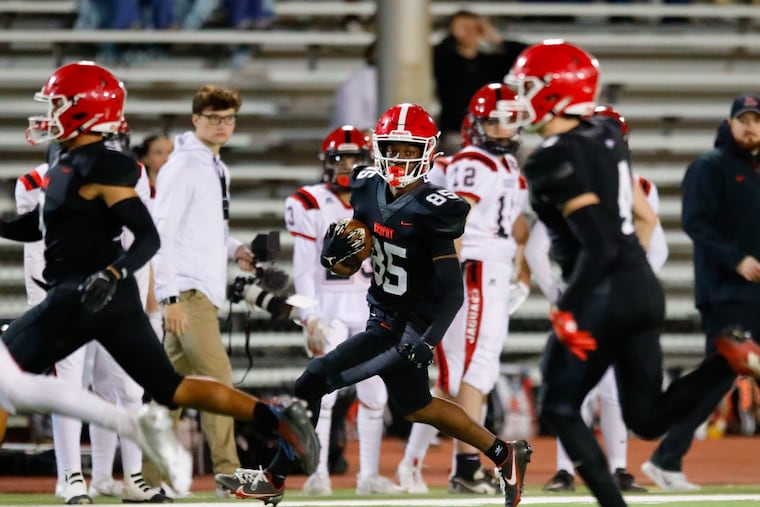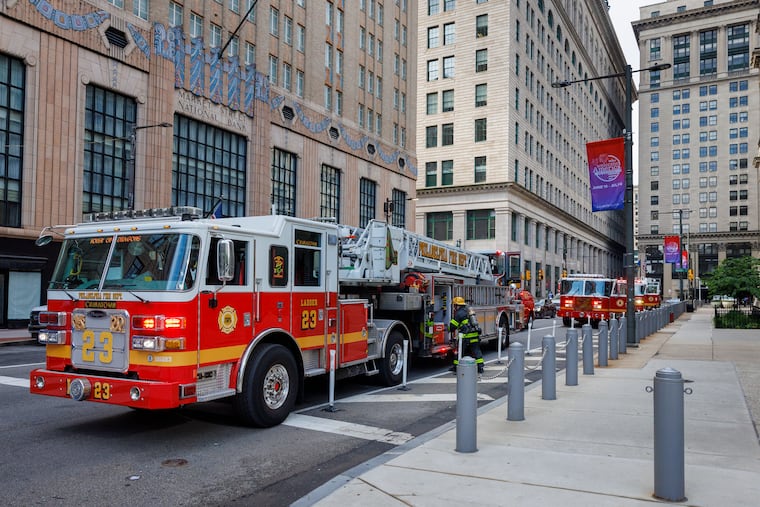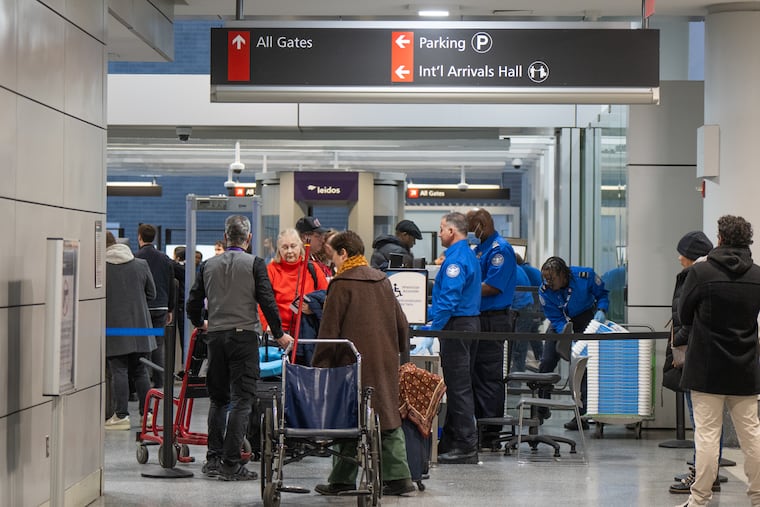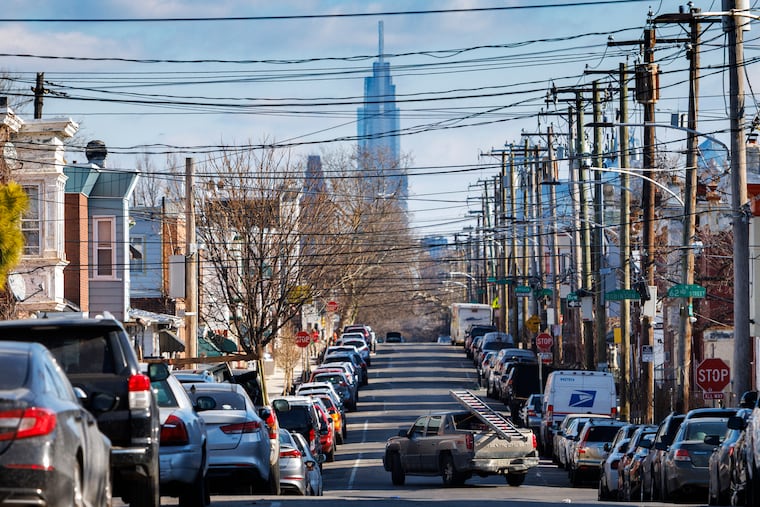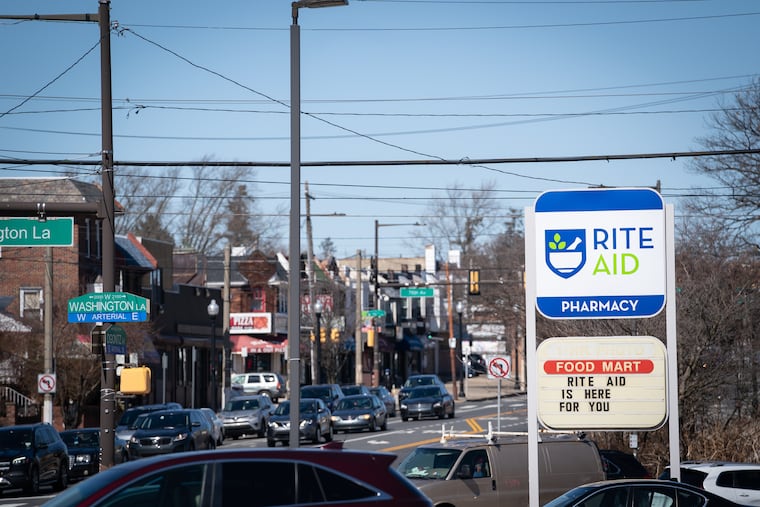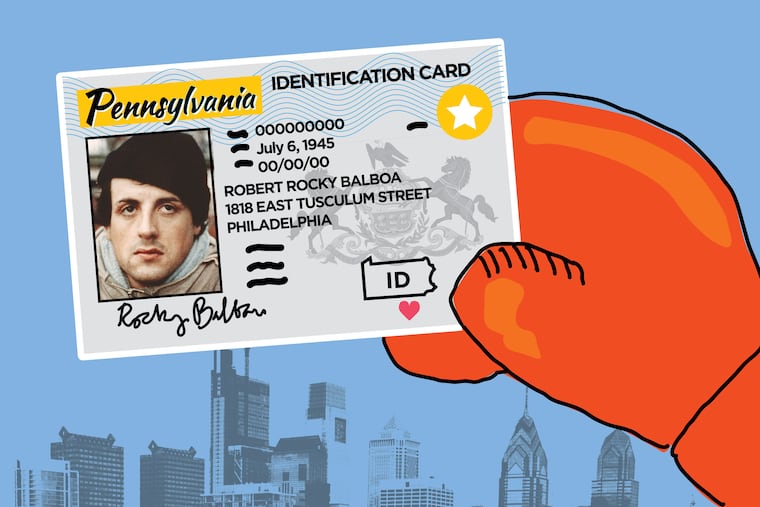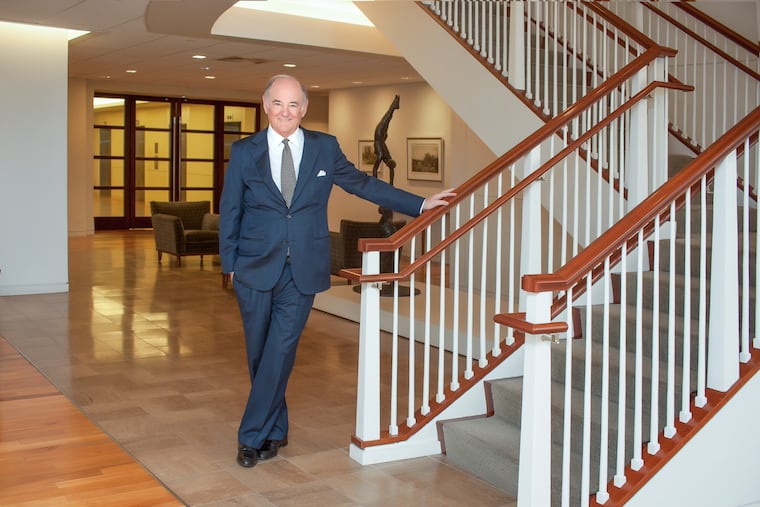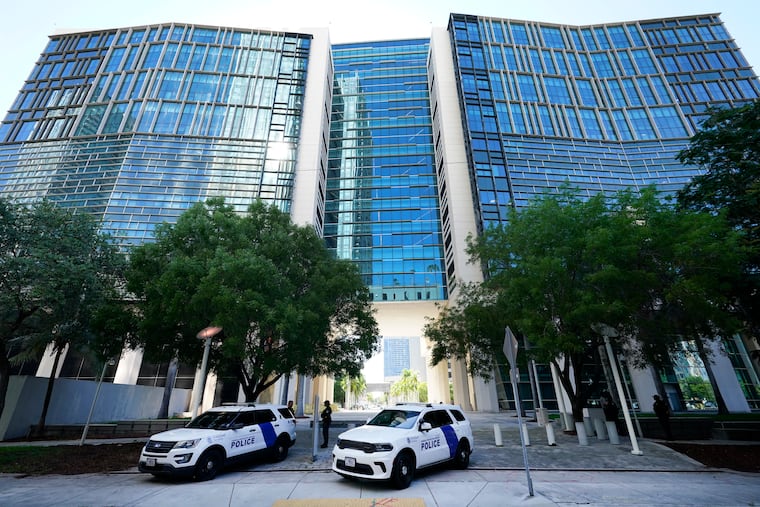Penn State and Pa.’s public colleges are among the nation’s costliest — and are surprisingly empty | Debt Valley
Lack of financial support from Pa. helps make its state-supported schools among the nation’s priciest and helps explain why student debt here is also near the top nationally.
- Donovan McNabb Jr., the son of the former Eagles quarterback, is making a name for himself
- Harassment and overtime fraud probes collide at top levels of Philly Fire Department
- 6abc defends a reporter after Barstool’s Dave Portnoy attacked the station
- National Endowment for the Arts grant cancellations cut deep in Philly
- Wells Fargo Center will become the Xfinity Mobile Arena on Sept. 1 after new naming rights deal
Link copied to clipboard
Link copied to clipboard
Will Bunch | Columnist
Link copied to clipboard
WYATTE GRANTHAM-PHILIPS, Associated Press
Link copied to clipboard
Leo Sands, Washington Post
Link copied to clipboard
Christopher Rugaber, Associated Press
Link copied to clipboard
Link copied to clipboard
Link copied to clipboard
Amy Rose Dobson, Washington Post
Link copied to clipboard
David J. Lynch and Jeff Stein, Washington Post
Link copied to clipboard
Evan Halper, Washington Post
Link copied to clipboard
Paul Wiseman, Associated Press
Link copied to clipboard
